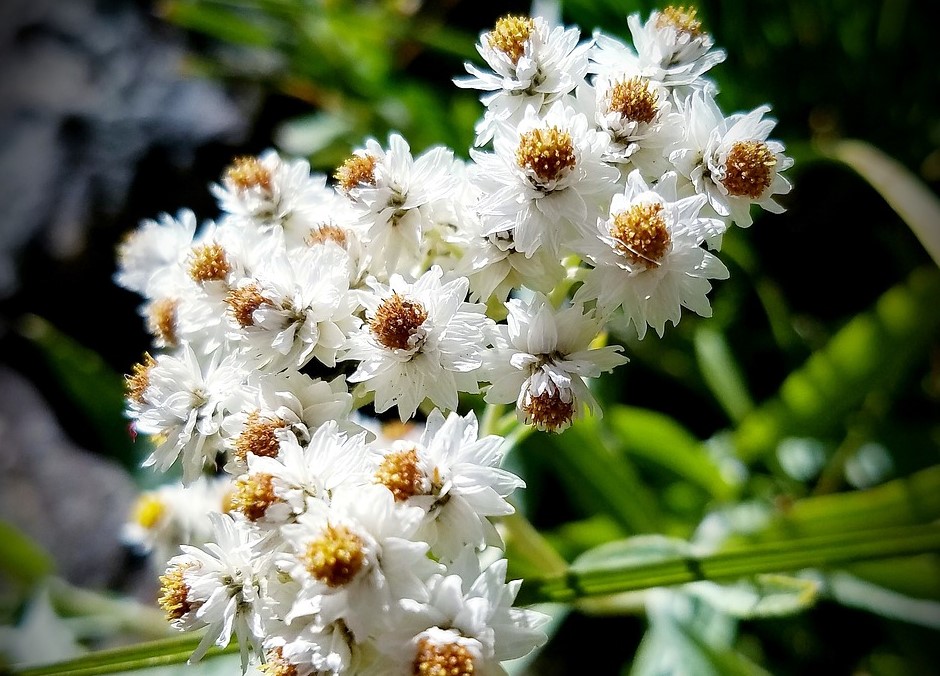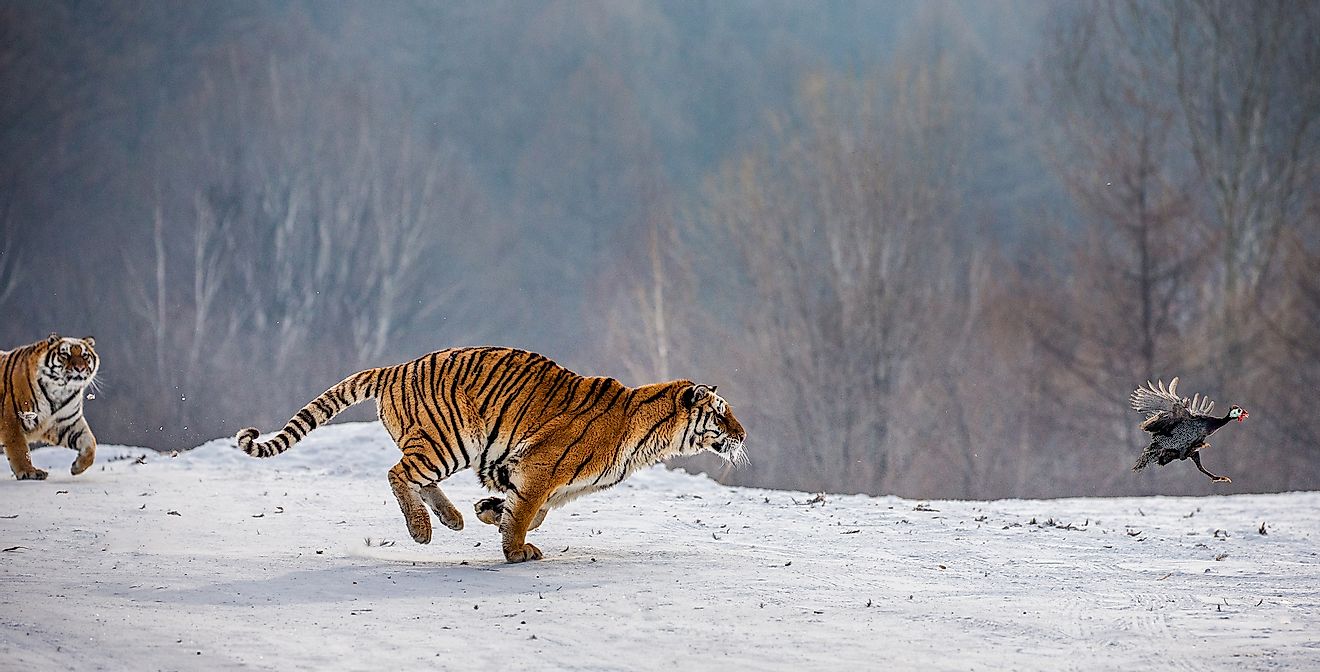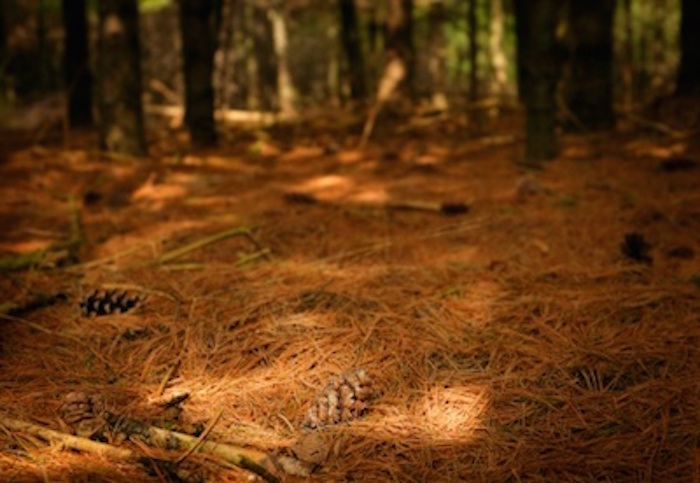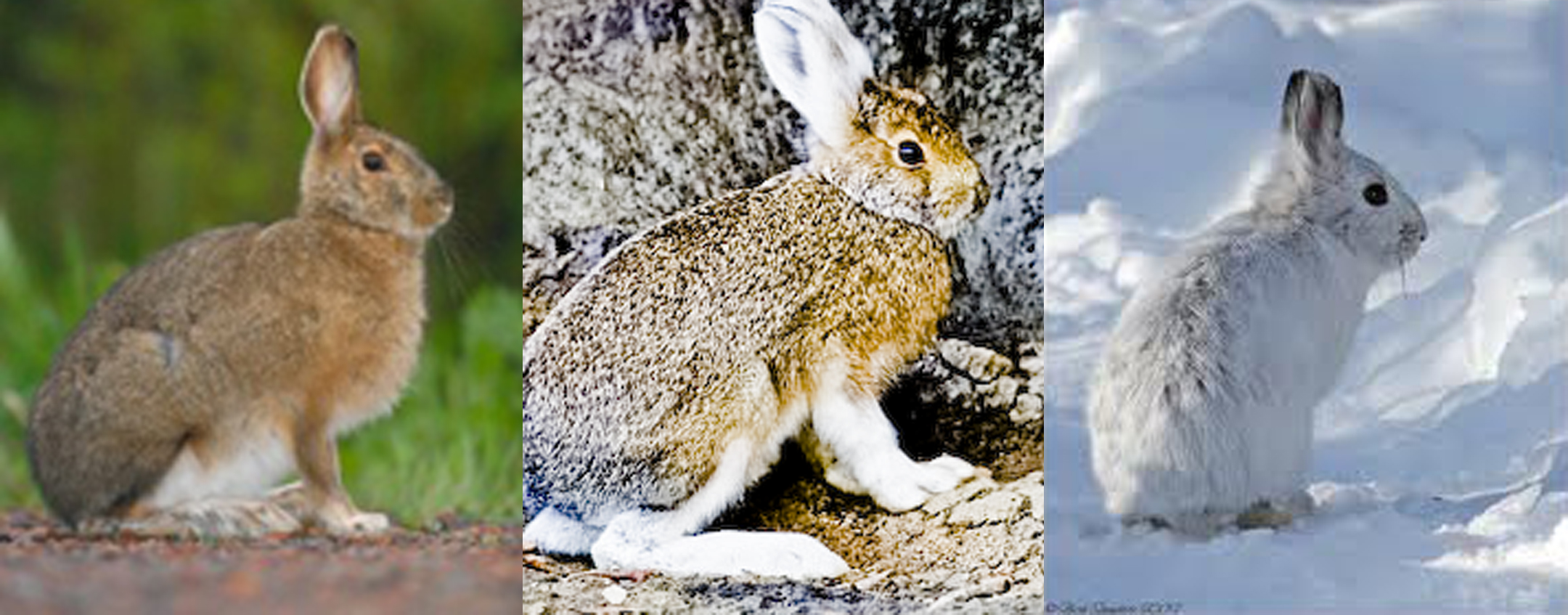Taiga is a cold thick forest that is situated in the subarctic region. The Taiga forest is mostly covered with snow round the clock. The world’s largest Taiga situated in Russia which is around 5,800 kilometers in total extended from Europe, Asia and North America. This forest is also called snow forest or boreal forest. The Boreas is one of the Greek God of the wind.
It covers around 20 million hectares of land which is 29% of the total world’s forest. A Taiga is of two sorts: Open forest that have alot of room among trees and thick forests, where the land barely gets any sunlight.
Details and overview about Taiga
Taiga Biome: Taiga comes from a Russian word for the marshy pine woods. Biome implies the region thick with flora and fauna, which is the reason the Taiga woods is the world's largest land biome. Taiga has a cool environment and low precipitation (downpour and snow) rate. It is believed that the Taiga woodland existed around 12,000 years ago. Taiga is utilized to depict infertile grounds.
Taiga's Location
The forests that fall under the district of Mat-Su Valley are known as Taigas. Taiga forests are situated for the most part between the north latitude and the Arctic circle region. More specifically, the Taiga forests covers northern Russia and Siberia, and the next region is northern Canada and Alaska.
The Taiga woods are found exclusively in the northern half of the globe in light of the fact that, in the southern side of the equator, there is definitely not an adequate measure of body of land.
Taiga's Climate
The Taiga has extremely remarkable weather conditions contrasted with the greater part of the forests on the planet.
The summer season of the Taiga forest lasts endures for 50 to 100 days without any frost. The sunshine in the summer endures up to 20 hours in a day.
It is extremely difficult for humans to sustain in this Taiga forest because of the exceptionally brutal climate, basically during the winters because the native creatures of Taiga migrate to other spots in the harsh cold.
Average Temperature
The Taiga forest experiences an extremely cold in winters. The temperature decreases below the freezing point in winters. The lowest and highest temperature recorded in the winter season is -54 degrees centigrade and -1 degrees centigrade.
The summers are short for the Taiga forest. The highest and lowest recorded temperatures are 21 degrees centigrade and -7 degrees centigrade during the summer season.
Average Precipitation
As the Taiga forest has more winter months, the precipitation is low. The average annual rainfall is around 30 to 84 cm, around 33 inches. The downpour falls mainly in the summer season as the sun melts all the snow captivated during the wintertime.
In summers, the typical precipitation is 10-20 inches, and this precipitation is as downpour. while in winters, the typical precipitation is 20-40 inches, and this precipitation is in the form of snow.
Plants and Forest of Taiga
The most available type of trees found in the Taiga forests are coniferous trees. The coniferous trees have needle or scale-like leaves rather than the typical wide leaves. These needle leaves are dull and dark in colour and are looking like a triangle, helping them in absorbing more daylight during the cold winter days and even helping to prevent them from freezing.
The other extraordinary feature of these needle leaves is that they have the ability to store water in them. The only plant that can sustain even in the coldest weather in the northern region is larch.
In the colder regions of the Taiga forest underneath the soil, a layer of permanently frozen soil is present, called permafrost. In ordinary regions, the bedrock layer is available underneath the soil. Both of these soil layers safeguard the upper layers of soil from drying and harm during harsh weather.
Mushrooms, lichens, and mosses are the main grown plants in the Taiga forest as they need very little water and can grow when there is high snowfall. The other famous types of trees found in the Taiga forest are pines, oak, maple, and elm trees.
The famously known plants of the Taiga forest are fire lilies, winter greens, berries, balsam fires, pink lady’s slippers, etc. Almost every unique or beautiful tree and plant seen in this world comes from this Taiga forest.
Animals of Taiga
A wide range of creatures can be found in the Taiga forest. During the high winter seasons, the vast majority of the creatures move toward the southern area for better temperatures to eat more food. Moose, which have a place with the deer classification, can reside in the cool Taiga and are herbivores.
Bears and lynx are the predatory animals found in this Taiga forest. The Siberian Tiger, which is the largest cat globally, is a native species of the Taiga forest. The Siberian tigers hunt moose and wild bears mostly.
The animals of the Taiga biome have feet that spread like snowshoes, helping the animals not to get into the snow. Some typical animals of the Taiga forest are moose, deer, wolves, raccoons, foxes, owls, and hawks.
Top 15 Amazing & Interesting Facts About Taiga
1- Wildfires
Fires or wildfires are seen as a common thing in the Taiga forest. These fires help to get rid of the trees that are old and damaged due to various reasons and provide a path of growth for other trees and small living microorganisms.
2- Rains
As the forest is said to be known as the snow forest, there is a very little amount of rain predicted every year. The total rainfall predicted on an annual basis is 33 inches.
3- Evergreen Trees
The coniferous trees produce seeds in a cone shape. Because of their needle structure, the leaves never fall off, and they remain green throughout the year and will not dry out in the winter season.
4- Limited Tree Growth
The growth in trees can only be seen during the summer season. Even in the summer season, they grow for about three months only.
5- Soft Timber Wood
Soft timber wood, an important source for making paper, can only be seen in the Taiga forest. This soft timber wood can grow and sustain easily in the harsh cold of Taiga forest. There are 3 trillion trees in the Taiga forest alone.
6- Extreme Climate
The temperatures of the Taiga forest can fall below -60 degrees Fahrenheit. In a year, seven months fall under cold winters, and the next three months are the only summertime seen in the Taiga biome.
7- Thin Soil
During these high winter seasons, the soil becomes very thin, so the roots of the trees will be very shallow. Shallow roots will uproot the tree very easily; that is why they grow to their fullest during the summer season, making the roots strong.
8- Animal Adaptation
Animals of the Taiga forest have different and unique features. Depending upon the season, the animals can change their colors, and most of the animals have thick fur and blubber, so they can stay alive under heavy cold days when there is no chance to migrate to other places.
9- Human Interference
Humans’ logging and mining activities brought a lot of danger to the trees. When a tree is cut down in the Taiga forest, it will take a very long time to grow back or restore as the growing season for the trees in the Taiga forest is very low.
10- Glaciers
Decades ago, the Taiga biome was entirely covered by glaciers. As the glaciers started to melt, cuts and depressions were left in this forest.
11- Carbon Gas Absorber
A very unfamiliar fact about the Taiga forest is that it stores more amount of carbon gas when compared to the temperate and tropical forests in the world.
12- Decomposition Process
The cold temperatures make the decomposition process slow in the Taiga forest, and the undecoyed vegetation forms a layer on the ground that feels like a sponge. The decomposition process speeds up during summer seasons only as the streams or rivers melt and carry the nutrients required.
13- Long Days & Nights
When the Earth tilts on its axis, the Taiga forest will have long nights in winter and long days in summer.
14- Growing Season
The typical growing season for Taiga forest is 130 days. When the days are warm with an average temperature of 10 C, the growing days are 50 to 70 days. When the average temperature is around +5 C in a day, the growing days will be 80 to 150 days maximum.
15- The Christmas Tree
The Christmas tree that is used all around the world comes from this or is an origin of the Taiga forest. The leaf of the Christmas trees is a perfect example of the needle structure of the trees in the Taiga forest.
CHECK OUT FEW MORE FACTS!!!
- Fourth Most Intelligent Pakistanis Across The World - Top Five
- The Seven Continents Of The World And Ten Fun Facts
- Top 10 Amazing Geography Fun Facts
- Top 10 Best Places to See the Mesmerizing Northern Lights For Travelers
- Top 15 Interesting and Fascinating Facts about China
- Top 15 Strangest in The World Trees You Didn't Know Existed
- Top 25 Amazing Facts About Pakistan That Will Make Every Pakistani Proud

































0 Comments